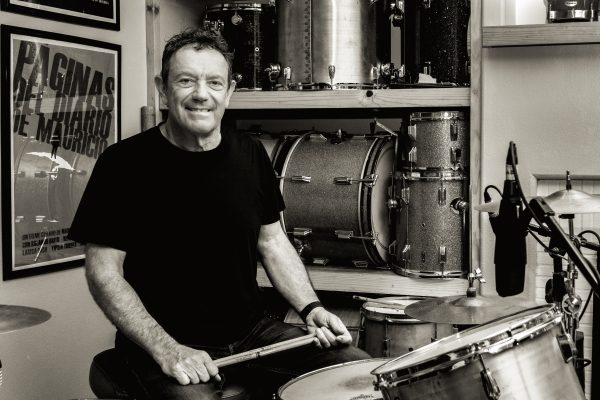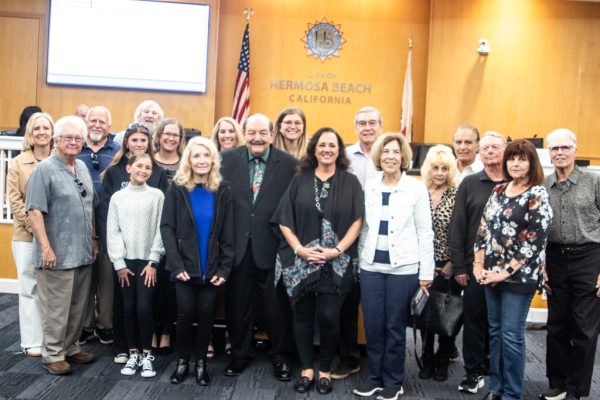
by Howard Murad M.D., FAAD,
UCLA Associate Clinical Professor of Medicine
Murad founder
According to dermatology experts, there are three distinct kinds of aging: hormonal, genetic and environmental. All respond to remedies that slow down the aging process and even reverse its signs.
This short quiz will help determine type of aging your skin is experiencing by evaluating five key components, and providing tips on how to treat each type.
Q: What is your primary skin concern?
a. Skin appears to be thinner and frailer.
b. Visible signs of fine lines and wrinkles.
c. Hyperpigmentation/ hypopigmentation.
Q: What is your secondary skin concern?
a. Facial hair growth.
b. Pale, ashy or sallow color.
c. Rough dry texture and leathery appearance.
Q: To which of the below concerns is your skin most prone?
a. Breakouts in the T-zone (across the forehead and from the nose to the chin).
b. Deep wrinkles.
c. Sun damage/Sun spots.
Q: What concerns you most about the skin around your eye area?
a. Sensitive and dry.
b. Medium to deep crow’s feet and wrinkles.
c. Dark circles and/or age spots.
Q: Which most closely matches your current lifestyle?
a. Currently going through menopause.
b. Aging similarly to your parents.
c. Spending a lot of time in the sun.
If you answered mostly A
You are likely undergoing hormonal aging. This type of aging occurs as levels of estrogen decline, resulting in a weakening of the collagen and elastin fibers. Skin then becomes thinner, more fragile and can have a loss of firmness and elasticity, coupled with a lackluster tone.
Although dryness and inelasticity of skin is inevitable, the aging process is a cumulative one that occurs at various rates from one individual to another. Women can increase the skin’s firmness and reduce the appearance of medium to deep wrinkles by treating the signs of the hormonal aging process through topical, internal and emotional practices.” Cosmetic procedures like a PDO thread treatment may help you fight signs of skin aging.
Topically: Use products that deeply hydrate and encourage cell renewal. Look for ingredients like phytoestrogens, AHAs and Shea Butter.
Internally: Incorporate more soy, wild yam and broccoli into your diet which are natural, plant-based estrogens.
Emotionally: Sleeplessness commonly accompanies menopause and hormonal aging. Take a hot bath before bed, turn off your phone an hour before you go to sleep and take a melatonin supplement.
If you answered mostly B
You are likely experiencing genetic aging. This type of aging occurs regardless of exposure to the environment. In the skin, genetic aging results in loss of collagen and elastin and reduced water content in the cells.
Genetic aging would occur even if you slept in a pure oxygen tank, avoided smiling to defy laugh lines, or get a facial botox. If your parents aged well, chances are you will too. Some of the best ways to combat aging skin include a daily skincare regimen with exfoliants, moisturizers and Vitamin C; wearing SPF; taking dietary supplements; and targeting specific problem areas.”
Topically: Use products that contain Hyaluronic Acid to reduce the appearance of fine lines, osmolytes to maintain critical water balance, and Dried Plum Extract for a youthful glow.
Internally: Increase your intake of raw fruits and vegetables, which will help your skin and body stay hydrated longer than just drinking water. Take a supplement that contains Glycosamine and Amino Acids to encourage healthy collagen production.
Emotionally: Get a massage to help improve skin circulation, increase your energy levels and help quiet your mind.
If you answered mostly C
You are likely experiencing environmental aging. This type of aging is usually the result of external skin injury and compromised internal cellular functions. It is most commonly characterized by redness, dryness, thinner skin, sagging, wrinkles and hyperpigmentation. Luckily, this type of aging can be controlled to some degree and is often caused by excessive sun exposure, pollution, smoking, stress, poor diet and alcohol and drug intake.
The classic signs of environmental aging are usually written all over a person’s face in the form of sunspots, dryness and tightness. The good news is that the effects of environmental aging can be minimized through both preventative actions and treatments that boost collagen production and result in younger-looking skin that’s protected against future damage.
Topically: Use products that contain Vitamin C and wear a broad-spectrum sunscreen everyday, remembering to reapply it every hour when you are outdoors.
Internally: Eating pomegranates, drinking pure pomegranate juice and taking pomegranate extract supplements have been proven to boost the effectiveness of sunscreens as well as providing a rich supply of antioxidants for your skin and your body.
Emotionally: Get a Vitamin C facial or peel. This will help reduce sun and environmental damage on the skin, as well as help your body fight off cell damaging stress.
Howard Murad M.D., FAAD is an Associate Clinical Professor of Medicine at UCLA, founder of Murad Inc., and author of the best-selling book The Water Secret: The Cellular Breakthrough to Look and Feel 10 Years Younger.










